
Improve your quality of life with Non-surgical Weight Loss
Since the beginning of 20th century, the overall
58,968 total views, 114 views today
Home » Sleep apnea and how it is associated with Obesity
Sleep apnea refers to a condition in which breathing stops for a while during sleep and resumes after a few seconds, usually with a snort. The temporary relaxing of muscle supporting the soft tissue of the throat leads to narrowing/closing of the airway, that in turn, cuts off breathing for a brief period.
There are two types of sleep apnea.
OSA is a global disease with increasing incidence and its complications. One of the main risk factors for OSA is obesity. Obesity can cause and also worsen the OSA due to fat accumulation at specific sites. Fat accumulates in the tissue surrounding the upper airway thereby reducing its lumen and increasing the collapse capacity of the upper airway, further leading to apnea. Moreover, this collapse of upper airway reduces the chest compliance and functional residual capacity, thereby increasing the oxygen demand. The link between both conditions is quite complex. A few recent studies suggest that having sleep apnea can itself cause obesity. Poor sleep quality triggers production of appetite hormones, especially refined carbohydrates. OSA can trigger sleep during daytime thereby decreasing the productivity.
A few complications are listed here that are directly related to Obesity induced sleep apnea:
Children with obesity and sleep apnea have learning disabilities, growth retard, and behavioural problems.
OSA is commonly treated with Continuous Positive Airway Pressure (CPAP) therapy. CPAP therapy uses a machine that uses mild air pressure to keep breathing pathways open while you sleep. CPAP along with weight loss has shown very promising effects in treating sleep apnea. A weight loss of just 10% has shown about 20% improvement in the severity of OSA. Lifestyle modifications and dietary changes are two very conventional solutions one may opt. However, people with co-morbidities like hypertension and diabetes, etc and for those who struggle to maintain certain lifestyle, there are few non-surgical cum minimally invasive procedures that help in weight loss. Intragastric Balloon Surgery and Endoscopic sleeve surgery are two procedures that help people struggling with weight loss in a traditional way.
Intragastric balloon surgery is a weight-loss procedure in which a silicone balloon, filled with saline is placed inside your stomach. This helps you lose weight by limiting food intake and making you feel full faster.
Endoscopic sleeve gastroplasty is also another option that helps in weight loss. In this procedure, a suturing device is inserted into your throat down to the stomach. Then a few sutures are made in your stomach to make it smaller than actual size, thereby limiting the food intake and giving a feeling of fullness faster.
Both these ways lead to significant weight loss by limiting how much you can eat.
Eligibility criteria
Disclaimer: Like any other weight loss procedures, both of these methods require a commitment to a healthier lifestyle and moderate exercise regimen, to ensure the long-term success of the procedures.
References:

Since the beginning of 20th century, the overall
58,968 total views, 114 views today

New year is the time for new beginnings.
59,668 total views, 114 views today

Weight loss can be tricky business, as it
59,539 total views, 114 views today
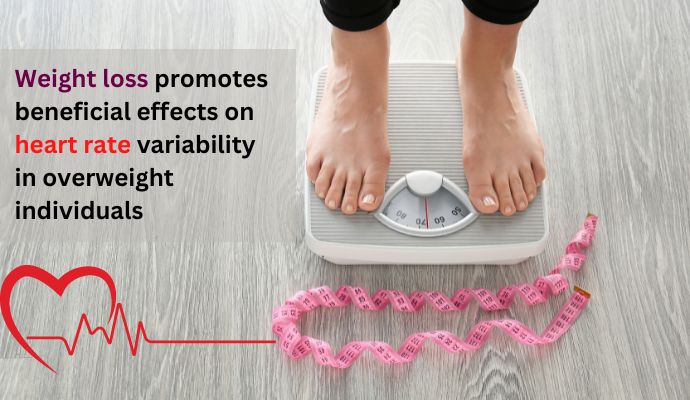
According to a recent study, weight loss through
60,438 total views, 114 views today

According to a recent study, preoperative very low
60,439 total views, 114 views today
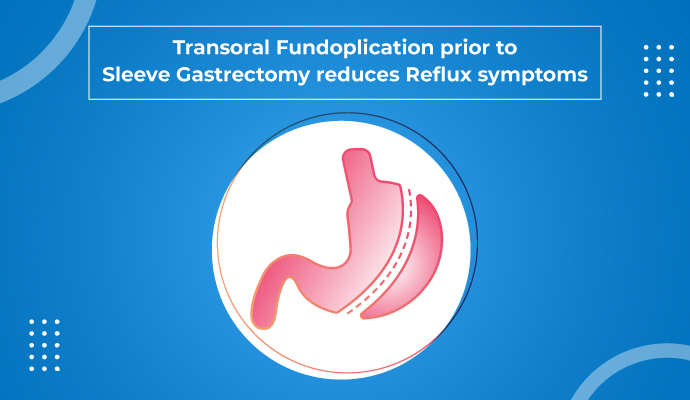
A recent study conducted on GERD (Gastroesophageal Reflux
60,444 total views, 115 views today
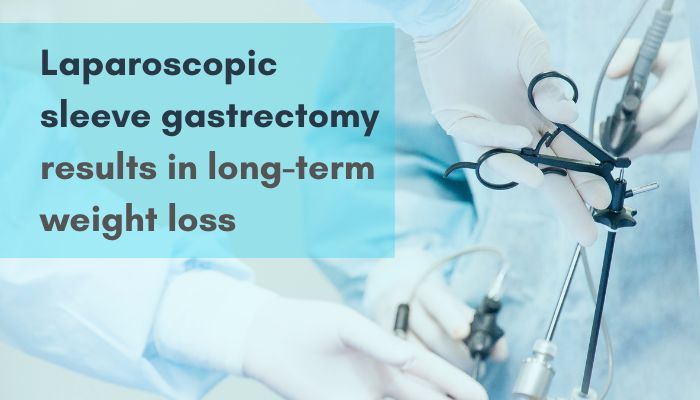
A recent study done to examine the long-term
59,322 total views, 111 views today
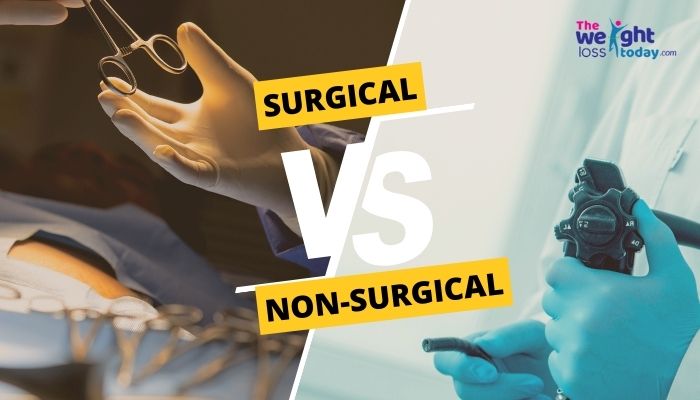
Overweight and obesity is a major health concern
29,591 total views, 79 views today

A recent study published in the Journal of
28,780 total views, 78 views today

The findings from a recent study, published in
29,021 total views, 78 views today
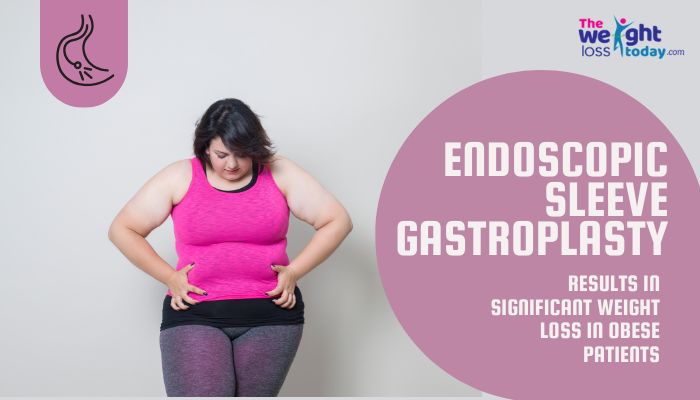
The findings of a recent study, published in
29,422 total views, 79 views today

Dietary modifications, along with regular exercise, play an
11,942 total views, 24 views today